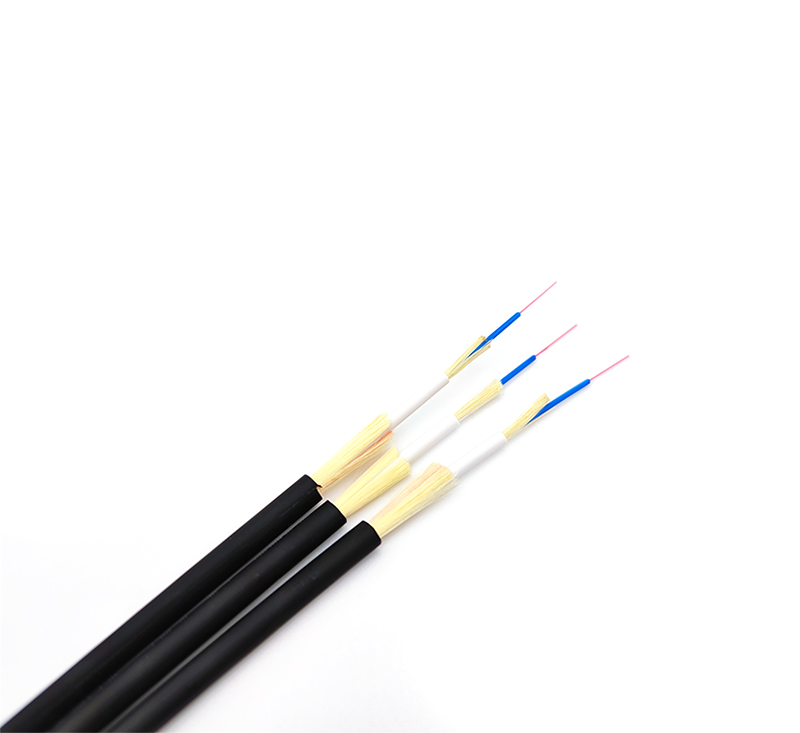What are the functions of the optical transceiver chassis? With the use of transistors, integrated circuits and the ultra-miniaturization of various components, the structure of the optical transceiver chassis is also developing towards miniaturization and building blocks.
The optical transceiver chassis has developed from the whole panel structure in the past to a plug-in box and plug-in structure with a certain size series. The assembly and arrangement of sub-boxes and plug-ins are divided into two types: horizontal arrangement and vertical arrangement. Optical transceiver chassis materials generally use thin steel plates, steel profiles with various cross-sectional shapes, aluminum profiles and various engineering plastics. In addition to welding and screw connection, the frame of the optical transceiver chassis also adopts the bonding process.
The role of the optical transceiver chassis:
Under the circumstance that there are many devices in the middle of the optical transceiver chassis, the material used for the chassis directly involves the ability of the host to shield the electromagnetic interference of other devices. Because the quality of the server chassis is directly related to the stability of the system, some well-known server motherboard manufacturers will also produce professional server chassis to ensure the stability of the final server product.
In addition, the optical transceiver chassis also has the following functions:

1. It can transmit uncompressed, high-quality video signals, data, switching, broadcast-grade audio signals and multi-service signals such as telephone and Ethernet through a single fiber.
2. There is no intermodulation interference of analog frequency modulation, phase modulation and amplitude modulation optical transceivers.
3. Advanced circuit design and full hardware solution ensure the reliability, consistency and stability of the equipment.
4. Uncompressed, non-destructive video transmission, transparently supports any high-resolution video signal.
5. No electromagnetic interference (EMI), radio frequency interference (RFI) and common ground loop interference.
6. It has complete panel status indications such as power supply, optical signal, data signal, etc., which is convenient for equipment opening and maintenance.
7. Voice, data and switch signals can be combined and configured as needed.
Through the above understanding of the role of the optical transceiver chassis, it can be seen that the role of the optical transceiver chassis in the monitoring system is still relatively important, so it is still very important to equip the optical transceiver in the monitoring system with a suitable chassis.










